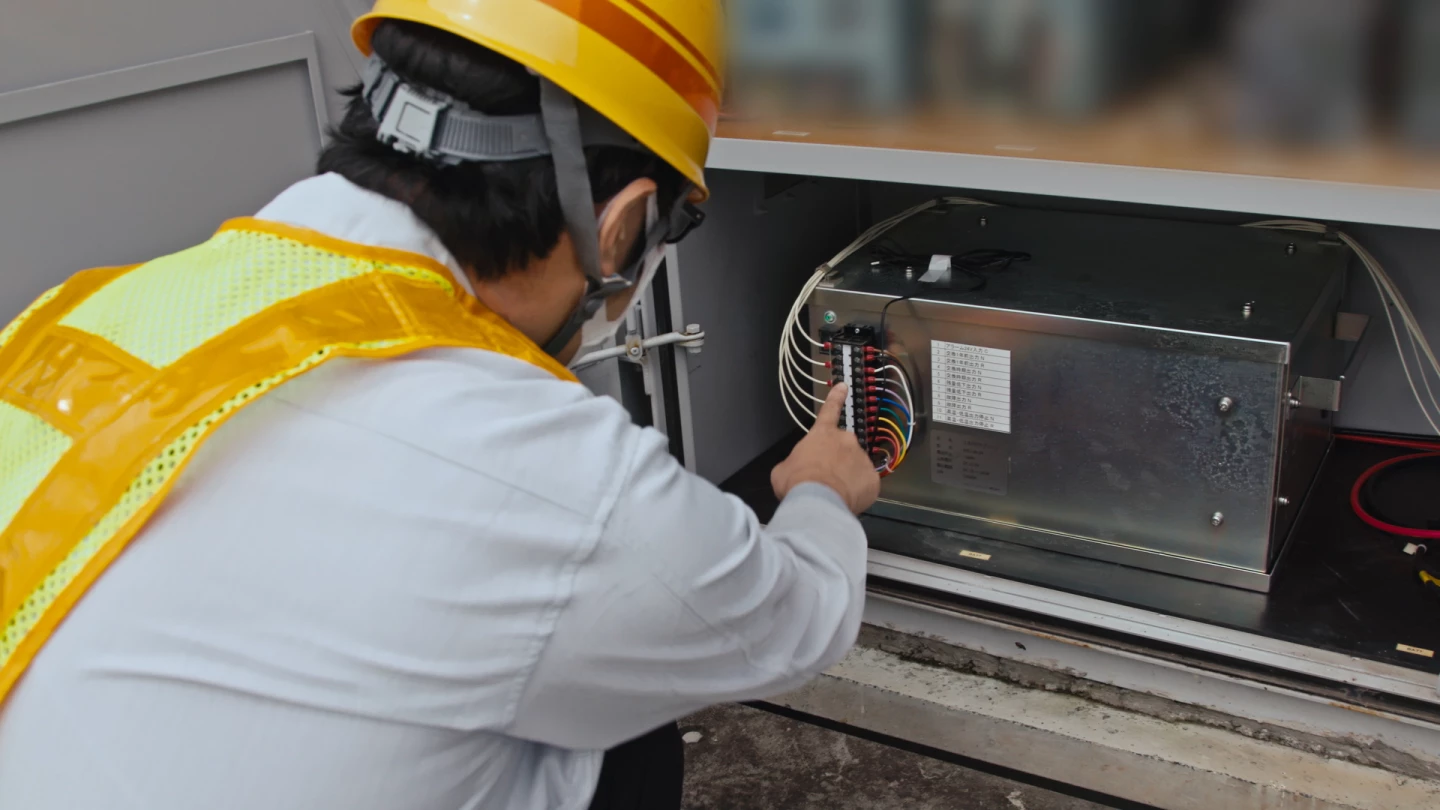Eventually the battery packs at the heart of electric cars are going to reach the end of their useful lives, but their story doesn't necessarily end there. They can still retain enough charge for other applications, such as energy storage, boating and even classic car conversions. Now Nissan has found another use for such batteries, replacing lead acid units in emergency power supplies at railroad crossings with second-life Leaf batteries – something the company says was previously unheard of.
Lithium-ion batteries powering electric cars are expected to last a long time, with managing director at Renault-Nissan Energy Services saying in 2019 that data from Nissan indicated its battery packs could be good for up to 22 years. Nissan also says that by the time a battery pack does come to the end of its life cycle in an electric car like the Leaf, the lithium-ion cells can still retain between 60 and 80 percent storage capacity.
We've already seen the company repurposing used batteries from first-generation Leaf EVs – most recently for its fleet of automated guided vehicles operating at its Oppama production plant in Japan. And now they're replacing lead-acid batteries in emergency power supplies at railroad crossing in Japan – starting with the Atago crossing on the Jōban Line running through Minamisoma City in Fukushima Prefecture.
"With lead-acid batteries, we have to periodically visit railroad crossings to check the state of charge and any deterioration," said assistant chief researcher at the East Japan Railway R&D center, Kaito Tochihara. "However, with repurposed lithium-ion batteries, there is a control system attached, similar to an EV, so we can remotely check the battery's status. This should lead to improved maintenance standards. This system also enables preventative maintenance by informing us of the battery's status before its voltage becomes too low."

The Li-ion battery packs can also be topped up in a third of the time, and last longer – an average of 10 years compared to between three and seven for lead-acid batteries.
But modifications did have to be made to the control infrastructure to ensure that the batteries could survive surges from such things as nearby lightning strikes. Testing is currently underway to analyze the effects of such surges, as well as other weather events such as typhoons.
More locations on the Jōban and Mito railway lines are being added, and other potential repurposing scenarios are being explored too.
"Railways powered by electricity come in various sizes," said Tochihara. "If we can confirm, in this trial, that repurposed batteries are safe for use on railways, then I think we can expect this initiative to be expanded. For example, in wireless communications equipment."
Source: Nissan







